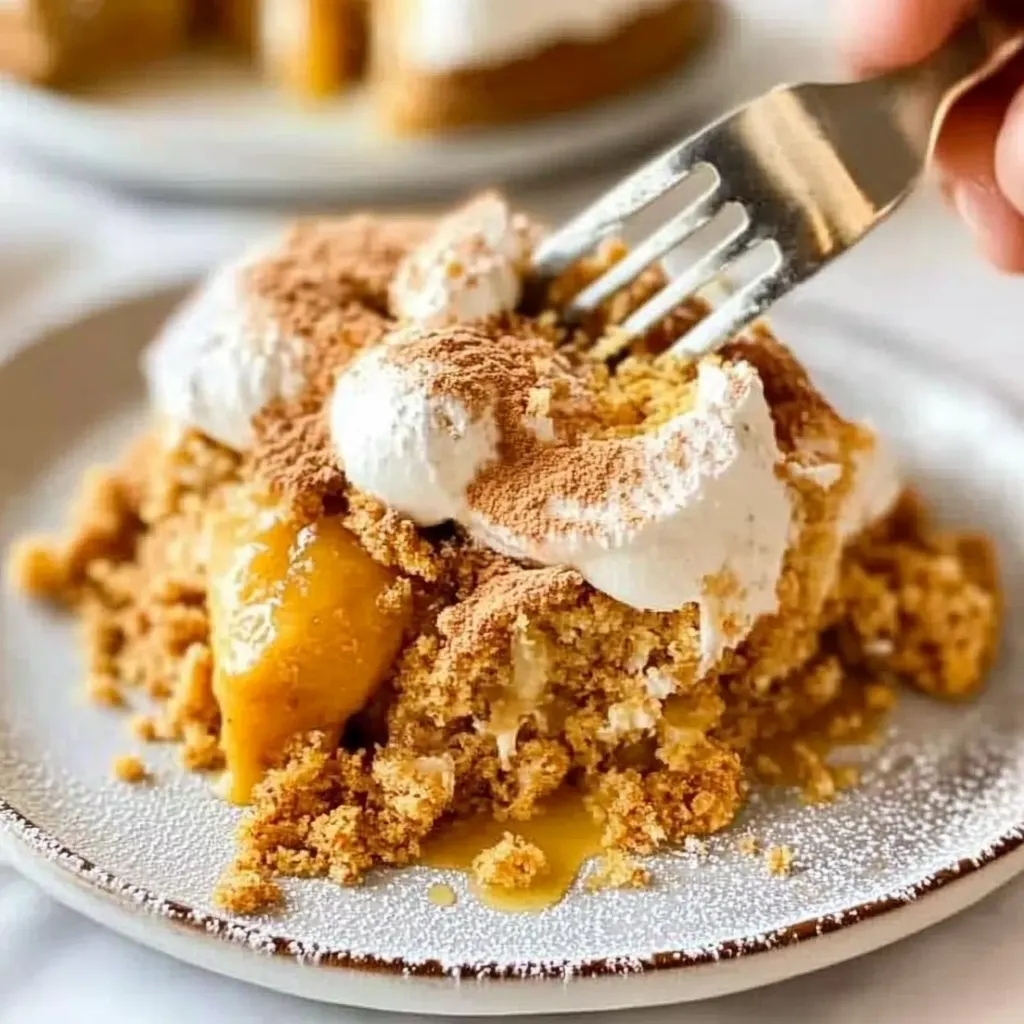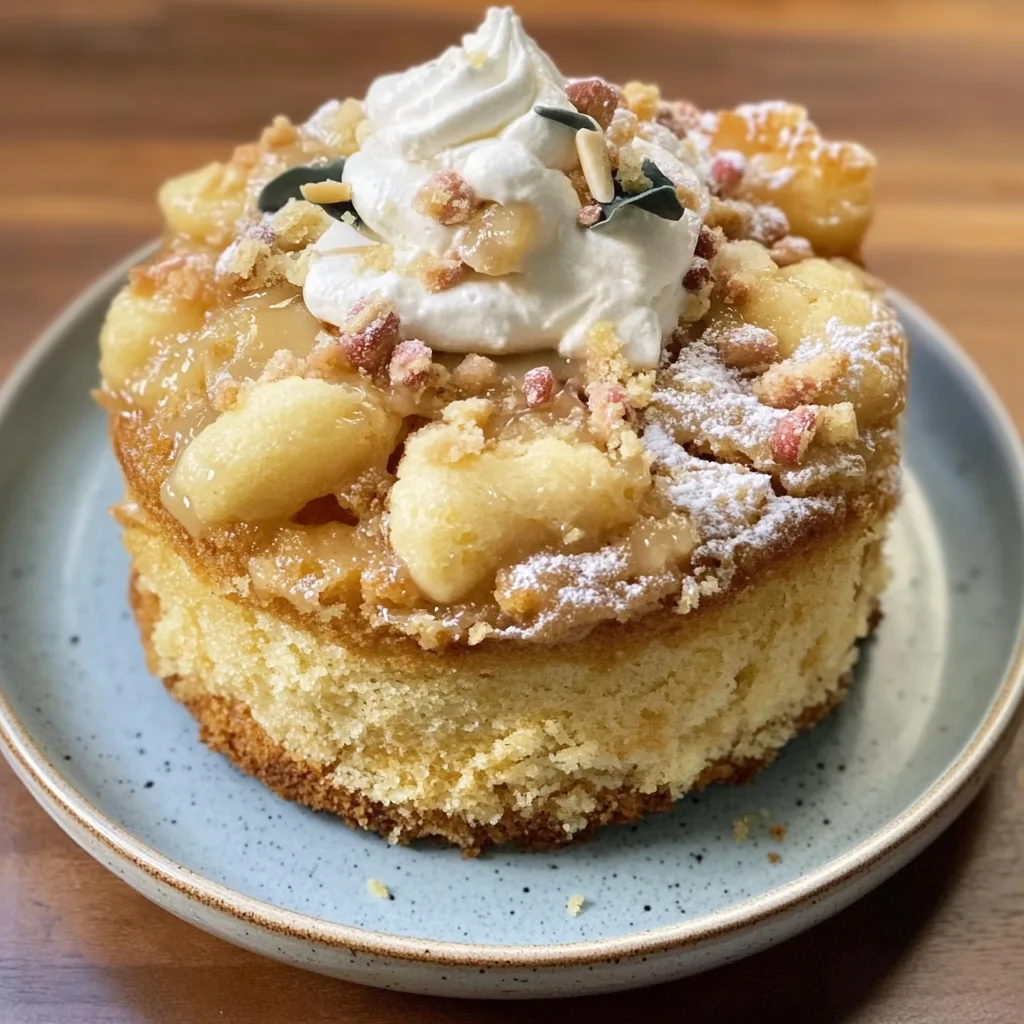Understanding the Dump Method of Cake Making
Baking a delicious cake doesn’t always have to involve intricate techniques or fancy equipment. Enter the dump method, a fuss-free, beginner-friendly way of whipping up a dessert that’s as simple as its name suggests. Known for its quick assembly and rich, satisfying flavors, this method has gained popularity for good reason. Whether you’re looking to impress guests with minimal effort or need a no-fail recipe for last-minute gatherings, Understanding What is the Dump Method of Cake Making?
In this article, we’ll take a closer look at what the dump method entails, the types of ingredients you’ll need, and the step-by-step process to create a perfect dump cake. You’ll also discover variations, tips, and tricks to make your creation stand out. Let’s dig in and uncover how this effortless technique can transform the way you bake cakes!
Table of Contents
Introduction to the Dump Method
What Defines the Dump Method?
At its core, the dump method of cake making is all about simplicity. The name might sound a little unrefined, but it accurately describes the process: you “dump” all your ingredients into a single baking dish—no mixing bowls, electric beaters, or extra tools required. This approach streamlines baking, making it perfect for busy days or anyone new to the kitchen.
Typically, dump cakes are made using a layer of fruit or filling at the bottom, followed by dry cake mix, and finished with slices of butter. Once baked, the layers meld together to create a soft, gooey base with a crumbly topping. It’s a cross between a cobbler and a cake, yet distinct enough to hold its own.
Origins of the Dump Cake
The dump method has humble roots, gaining popularity in American kitchens during the mid-20th century. As pre-packaged cake mixes became widely available, home bakers began experimenting with ways to create quick and satisfying desserts. Much like the Amish Cinnamon Bread Recipe, dump cakes emerged as a simple, approachable baking tradition.
Key Benefits of the Dump Method in Baking
Why do people love dump cakes so much? For starters, they’re incredibly easy to make. The no-mix approach means fewer dishes to wash, which is always a win. Plus, dump cakes are highly customizable—swap out ingredients to match the season or your personal preferences. Most importantly, they deliver a rustic, homely charm that feels comforting and indulgent without requiring much effort.
By sticking to the dump method, you’ll enjoy the freedom to experiment while keeping things delightfully simple.

Ingredients Commonly Used in Dump Cakes
Pre-packaged Mixes vs. Homemade Bases
When it comes to the dump method of cake making, the foundation of your cake often starts with a boxed cake mix. These pre-packaged mixes are convenient, foolproof, and available in a variety of flavors, including vanilla, chocolate, and spice. However, if you prefer a more personal touch, you can craft a homemade base using a combination of flour, sugar, baking powder, and a pinch of salt. Both options work beautifully, but the boxed mix is a go-to choice for those who want speed and consistency.
Popular Fruits and Fillings
The dump method shines when it comes to its versatility with fillings. Canned fruits like cherries, peaches, and pineapple are crowd favorites. Their syrupy consistency ensures a moist base and balances the sweetness of the cake mix. Don’t shy away from experimenting with frozen fruits, pie fillings, or even fresh berries if you’re in the mood for something lighter. The best part? You don’t need to prep the fruit—just open, pour, and move on!
Selecting the Right Butter and Toppings
Butter plays a crucial role in achieving the perfect texture in a dump cake. Instead of melting it, thinly slice cold butter and layer it evenly across the top of the dry cake mix. As it bakes, the butter melts, creating a golden crust and locking in moisture. For extra crunch or flavor, consider adding toppings like chopped nuts, shredded coconut, or chocolate chips.
By using simple yet versatile ingredients, the dump method of cake making allows bakers to adapt recipes to their tastes or seasonal produce, making it a true kitchen staple.
Step-by-Step Guide to the Dump Method
Assembling Your Ingredients
The beauty of the dump method of cake making lies in its straightforwardness. First, gather your ingredients. Typically, this includes a box of cake mix, canned or fresh fruit, and butter. Depending on your chosen variation, you might also need toppings like nuts or spices. Since this method doesn’t require extra bowls or tools, your baking dish doubles as the mixing bowl!
Layering Techniques for Optimal Texture
To create the perfect dump cake, start by spreading your fruit or filling evenly across the bottom of a greased baking dish. This will serve as the moist, flavorful base. Next, sprinkle the dry cake mix over the fruit layer without stirring—resist the urge! The dry mix will interact with the fruit juices during baking. Finally, arrange thin slices of butter across the entire surface. For even cooking, try to cover as much of the cake mix as possible.
Baking Time and Temperature Tips
Once your layers are ready, pop the dish into a preheated oven, typically set to 350°F (175°C). Bake the cake for about 40-50 minutes, keeping an eye on the top. When the butter has melted and the cake mix forms a golden crust, your dump cake is ready. Use a toothpick to test the center—if it comes out mostly clean, you’re good to go!
This no-fail method ensures a dessert that’s soft, flavorful, and perfect for sharing. Whether you’re trying your hand at baking for the first time or need a quick dessert, the dump method delivers consistent results every time.
Variations of Dump Cakes
Seasonal Dump Cake Ideas
One of the best things about the dump method of cake making is its adaptability to seasonal ingredients. During summer, fresh peaches or mixed berries make for a refreshing base. In the fall, spiced pumpkin or apple pie filling creates a warm, comforting treat. Winter calls for rich, decadent options like cherry or chocolate dump cakes, while spring is perfect for light and tangy lemon flavors. By adjusting your fillings and toppings to match the time of year, you can keep this dessert feeling new and exciting.
Dietary Modifications: Gluten-Free and Vegan Options
The dump method is also inclusive, making it easy to cater to dietary needs. For gluten-free versions, simply swap the traditional cake mix for a certified gluten-free alternative. Many stores now carry high-quality options that don’t compromise flavor. If you’re baking for a vegan crowd, use plant-based butter or margarine and opt for a vegan cake mix. As for the fillings, most canned fruits are already vegan-friendly, but double-check the labels to be sure.
Creative Toppings and Add-ons
If you’re feeling adventurous, you can add a twist to your dump cake with unique toppings. Crushed cookies, granola, or even marshmallows can provide extra texture and flavor. A drizzle of caramel or chocolate syrup after baking takes it up another notch. This flexibility ensures there’s always a way to surprise your taste buds.
For more delicious recipe ideas, check out our recipe article on quick and easy desserts.
The Science Behind the Dump Method
How the Dump Method Works
Have you ever wondered why the dump method of cake making creates such a distinct texture? The secret lies in the layering process. By sprinkling the dry cake mix over moist fruit fillings, you create a natural interaction between the liquids and solids during baking. The fruit’s moisture rises, softening the bottom layer, while the butter on top creates a crisp, golden crust.
Understanding Texture and Flavor Development
The dump method excels at balancing textures and flavors. The fruit layer stays juicy and vibrant, contrasting beautifully with the crumbly topping. Butter acts as a binding agent, ensuring the layers meld together seamlessly. Additionally, the syrup from canned fruits or juices from fresh produce caramelize slightly, enhancing the overall sweetness without additional effort.
This combination of textures makes dump cakes a delightful hybrid between a cobbler and a cake, giving it a unique identity in the world of desserts.
For a deeper dive into dessert science, check out our Butter Pecan Pound Cake
Frequently Asked Questions About Dump Cakes
Why Is It Called a Dump Cake?
The name might raise a few eyebrows, but the term “dump cake” is as straightforward as the process itself. The dump method of cake making gets its name from how the ingredients are added to the baking dish. Instead of mixing everything in separate bowls, you simply dump them layer by layer into the pan. This method minimizes prep time and eliminates the need for extra dishes, making it an appealing choice for busy bakers or anyone who wants a quick dessert without the hassle.
Can You Make a Dump Cake Ahead of Time?
Absolutely! Preparing a dump cake ahead of time is a great option, especially for parties or gatherings. To do this, assemble your ingredients in the baking dish as instructed but hold off on baking it. Cover the dish with foil or plastic wrap and refrigerate it until you’re ready to bake. Keep in mind that the butter should be added just before baking to ensure the best texture. Once baked, the dump cake stays fresh for a few days when stored in an airtight container.
How Do Dump Cakes Differ From Traditional Cakes?
Unlike traditional cakes, which often require precise measurements, creaming, and careful mixing, the dump cake is delightfully forgiving. The dump method of cake making skips complex techniques, focusing on layering ingredients for a more rustic, cobbler-like dessert. This approach not only saves time but also allows for more flexibility with flavors and fillings.
Tips and Tricks for Perfect Dump Cakes Every Time
Avoiding Common Mistakes
Even though the dump method of cake making is simple, there are a few pitfalls to watch out for. One common mistake is leaving dry cake mix exposed without enough butter to cover it. To avoid this, make sure to spread butter slices evenly across the top. Another tip: use a baking dish that’s the right size—too large, and your layers will spread too thin; too small, and the cake may not bake evenly.
Choosing the Right Pan for Even Baking
The type of pan you use can make a big difference. A glass or ceramic dish works best for dump cakes because it distributes heat evenly, helping the layers bake uniformly. If you’re using a metal pan, keep an eye on the edges, as they might bake faster than the center. For easy cleanup, consider greasing the dish or lining it with parchment paper before layering your ingredients.
By following these tips, you’ll create a dessert that’s not only delicious but also perfectly baked every time.
Closing Thoughts on the Dump Method
Why Dump Cakes Remain a Favorite
The dump method of cake making has earned its spot as a staple in kitchens everywhere. Its simplicity, versatility, and ability to deliver consistently delicious results make it a beloved choice for both novice and seasoned bakers. Whether you’re short on time or just want a low-effort dessert, this method ensures you can whip up a sweet treat without the stress of traditional baking techniques. Plus, with endless flavor combinations, dump cakes can suit nearly any occasion.
Final Tips for First-Time Bakers
If you’re trying the dump method of cake making for the first time, remember to keep it simple and have fun. Start with a classic combination like cherry pie filling and chocolate cake mix to get the hang of layering. Once you’ve mastered the basics, experiment with different fruits, toppings, and even spices to make the recipe your own.
